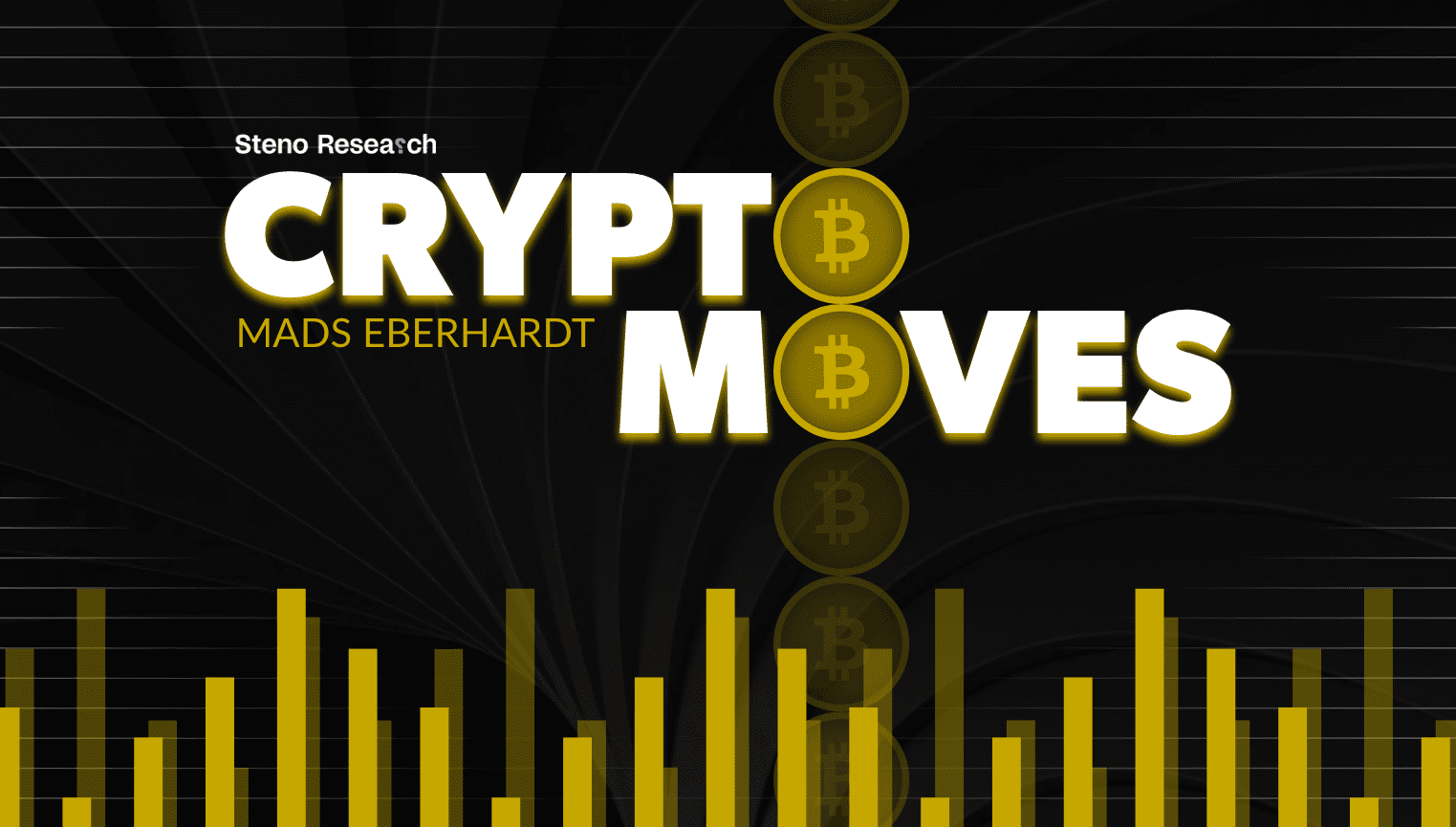Crypto Moves #21 – Avalanche Is Slowly But Surely Dying

It is Easter season, and I have been playing around with the idea of adding an Easter Egg to our website, much like the hidden features in Tesla cars that let you do fun things like virtually drive on Mars. I thought about popping up a meme of Vitalik Buterin every time someone hits the subscribe button. Unfortunately, I could not muster the courage to pitch this idea at our all-hands meeting.
So, I am turning to my second favorite Easter activity, which might just ruffle the feathers of a few crypto maximalists. This time, I am not talking about Bitcoin or Ethereum maximalists, but rather fans of a lesser-known cryptocurrency that nearly made it into our portfolio but ultimately did not. The crypto in question is Avalanche.
In this brief, I will outline the key reasons why Avalanche did not make the cut for our portfolio. While this analysis focuses on Avalanche, I hope it provides valuable insights into how we evaluate cryptocurrencies. The aim is to highlight the essential factors we consider before deciding to allocate to any digital currency.
Cloning Ethereum
Avalanche represents a relatively new player in the crypto arena, boasting its own native utility token, AVAX. It operates on a proof-of-stake consensus model, which enables AVAX holders to stake their tokens to verify transactions and propose blocks. The Avalanche testnet came to life in May 2019, with its mainnet following in September 2020. Since its launch, Avalanche has climbed the ranks to become the tenth largest cryptocurrency by market capitalization, currently valued at $20.5 billion, with a fully diluted market value of $39 billion.
The core of Avalanche is its Primary Network, which consists of three interlinked blockchains: The Platform Chain (P-Chain), the Exchange Chain (X-Chain), and the Contract Chain (C-Chain). Each blockchain serves a unique role within the Avalanche ecosystem, including the facilitation of Avalanche’s so-called sub-networks, or Subnets for short.
Subnets offer developers the opportunity to create scalable and customizable blockchains within the Avalanche ecosystem without the complexity associated with launching an entirely independent blockchain. These Subnets can leverage the existing pool of AVAX stakers for transaction verification and block proposals, much like they do for the Primary Network. This approach simplifies the process by eliminating the need to establish a separate proof-of-stake consensus mechanism. While Subnets may benefit from the security and decentralization features of the broader Avalanche network, it is important to note that since Avalanche stakers are not required to validate any specific Subnet, these benefits may only be partially transferred, not in full.
The incentive for individual Subnets to attract Avalanche stakers to validate their transactions lies primarily in offering substantial financial rewards. In some cases, incentives may also include airdrops of the Subnet’s native token. The ability to earn financial rewards for validating Subnets with AVAX increases the overall appeal of holding AVAX, beyond just participating in the validation of Avalanche’s Primary Network. However, it is worth mentioning that one cannot validate Subnets without also validating the Primary Network, ensuring a level of commitment to the Avalanche ecosystem’s core.
Within Avalanche’s Primary Network, the Platform Chain (P-Chain) orchestrates all validator and Subnet-level activities, making it the backbone of the network’s operational structure. The Exchange Chain (X-Chain) focuses on managing digital smart assets, known as Avalanche Native Tokens. Meanwhile, the Contract Chain (C-Chain) serves as the primary interface for developers and users, supporting the deployment and execution of smart contracts and enabling decentralized applications (dApps) to operate seamlessly.
The C-Chain is notably compatible with the Ethereum Virtual Machine (EVM), a core component of Ethereum that executes smart contracts and calculates the state of the blockchain. This compatibility means that for applications to function on both the Ethereum blockchain and EVM-compatible blockchains like Avalanche’s C-Chain, they must be programmed in languages like Solidity that compile down to EVM bytecode. This ensures the proper execution of smart contracts.
Thanks to the C-Chain’s adherence to the EVM framework, developers have the convenience of migrating applications and smart contracts directly from Ethereum to Avalanche with minimal adjustments. This feature has enabled popular protocols like Uniswap and OpenSea, which have amassed significant user bases and liquidity on Ethereum, to expand their presence to Avalanche. Although these protocols can extend their applications to the Avalanche network, they do not automatically integrate with the liquidity and ecosystem they have cultivated on Ethereum, highlighting a challenge in achieving seamless cross-chain interoperability and liquidity sharing.
Avalanche’s network effect is somewhere there
It might seem that our discussion on the technical underpinnings of Avalanche has been somewhat brief. We have laid out just enough information to grasp the essence of Avalanche and its unique value proposition, without delving deeply into the technicalities. This is because the technological foundation, while important, is not the critical determinant of success for Layer 1 blockchains aiming to establish a decentralized ecosystem, like Ethereum, Solana, and Avalanche, in the long term.
Avalanche, despite its standing as the 10th largest cryptocurrency and a significant player among Layer 1 blockchains with smart contract capabilities, faces a grim outlook. With a nearly $40 billion fully diluted market capitalization, its onchain activity is declining, lagging behind competitors like Solana and Ethereum’s rollups. There is simply not much to celebrate for AVAX holders.


0 Comments